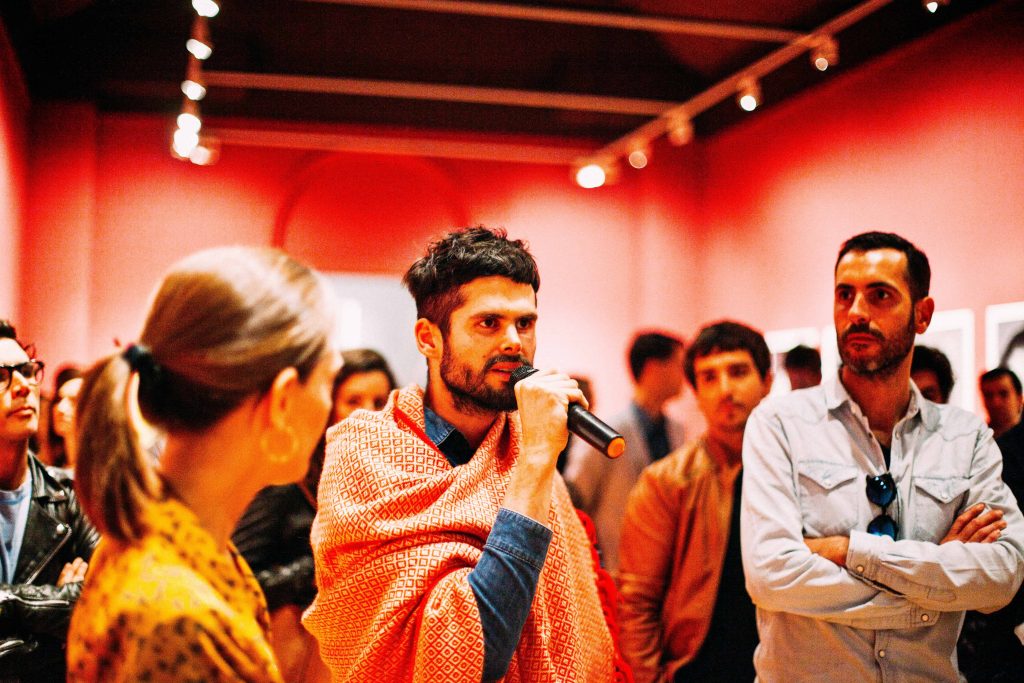
03 Jun Language and Symbolism in Cross-Cultural Art in 2024
Language and Symbolism in Cross-Cultural Art: Bridging Divides Through Visual Communication
Art has always been a universal language, transcending geographical boundaries and cultural differences. At the heart of this universal dialogue lie language and symbolism, powerful tools that artists employ to communicate complex ideas and emotions across diverse cultures. In this article, we delve into the intricate relationship between language, symbolism, and cross-cultural art, exploring how they serve as bridges connecting people from different backgrounds.
Cross-cultural art encompasses artworks that traverse cultural boundaries, drawing inspiration from diverse traditions, beliefs, and experiences. Within this rich tapestry of artistic expression, language and symbolism play pivotal roles. They serve as conduits for communication, allowing artists to convey nuanced meanings and emotions that resonate with audiences worldwide.

The Power of Language in Cross-Cultural Art
Universally Understood Symbols
Certain symbols possess inherent meanings that transcend cultural barriers. For instance, the dove universally symbolizes peace, while the heart represents love across cultures. These symbols act as common ground, fostering understanding and empathy among disparate communities.
Cultural Specificity and Adapting Language
However, not all symbols enjoy universal recognition. Many hold deeply ingrained meanings within specific cultural contexts, such as the lotus flower in Hinduism, symbolizing purity and enlightenment. Adapting these symbols for broader audiences requires careful consideration to maintain their authenticity while ensuring accessibility to diverse viewers.

Symbolism as a Visual Language
Shared Visual Elements and Motifs
In addition to specific symbols, certain visual elements and motifs recur across different cultures. Circular shapes, for instance, often represent wholeness and interconnectedness, transcending linguistic barriers to convey universal concepts.
Cultural Context and Interpretation
Yet, the interpretation of symbols is inherently influenced by cultural context. A gesture or motif may hold vastly different meanings in one culture compared to another. Recognizing these nuances is essential for fostering meaningful cross-cultural dialogue through art.

The Challenges and Opportunities of Cross-Cultural Communication in Art
Navigating the complexities of cross-cultural communication in art poses challenges, including the risk of misunderstanding due to cultural differences. However, by prioritizing artistic intention and understanding diverse audience perspectives, artists can harness the transformative power of art to foster mutual understanding and appreciation across cultures.
Conclusion
In the realm of cross-cultural art, language and symbolism serve as indispensable tools, bridging divides and fostering understanding among diverse communities. While certain symbols possess universal meanings, others are deeply rooted in specific cultural contexts, requiring careful adaptation for broader audiences. Despite the challenges of navigating cultural nuances, artists have the opportunity to transcend barriers and cultivate empathy through their creations. By prioritizing intentionality and embracing diverse perspectives, cross-cultural art continues to enrich our global dialogue, reminding us of our shared humanity amidst cultural diversity.
Key Takeaways
- Universal Language of Art: Art serves as a universal language, transcending cultural and geographical boundaries.
- Role of Language and Symbolism: Language and symbolism are powerful tools artists use to communicate complex ideas and emotions across cultures.
- Universally Understood Symbols: Certain symbols, like the dove for peace and the heart for love, bridge cultural gaps and foster empathy.
- Cultural Specificity: Some symbols are culturally specific, requiring adaptation for broader audiences while maintaining authenticity.
- Visual Language: Shared visual elements and motifs convey universal concepts, but interpretation is influenced by cultural context.
- Challenges and Opportunities: Navigating cross-cultural communication in art presents challenges but also opportunities for mutual understanding and appreciation.
- Conclusion: Language and symbolism in cross-cultural art are essential for bridging divides, emphasizing the importance of intentionality, and embracing diverse perspectives.
FAQs
How do language and symbolism facilitate cross-cultural communication in art?
Language and symbolism are universal tools in art, allowing artists to convey ideas and emotions across cultural boundaries. While some symbols, like the dove for peace, are universally understood, others are culturally specific. Artists adapt these symbols to bridge divides, maintaining authenticity while ensuring accessibility to diverse audiences.
What challenges arise in cross-cultural communication through art, and how can they be addressed?
Cultural nuances pose challenges, risking misunderstandings among diverse audiences. Interpretations of symbols vary based on cultural context, requiring artists to navigate complexities carefully. By prioritizing intention and understanding diverse perspectives, artists foster mutual understanding across cultures.
How does cross-cultural art contribute to global dialogue and empathy?
Cross-cultural art enriches global dialogue by fostering empathy and understanding. Through the intentional adaptation of symbols, artists transcend cultural barriers, cultivating appreciation for different perspectives. By embracing diversity and intentionality, artists contribute to a more empathetic world.
Gain valuable insights into the legal framework surrounding art and creativity, empowering you to confidently navigate legal challenges and disputes.

